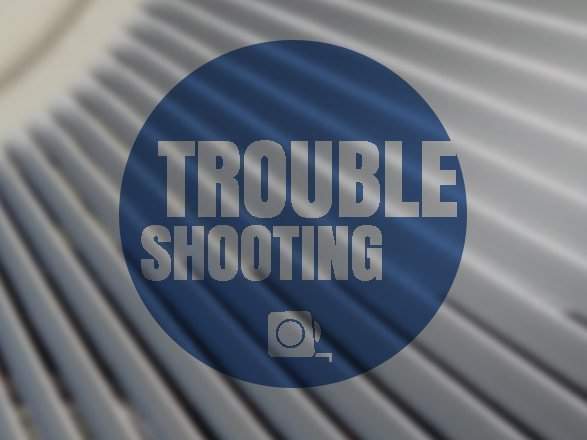So you’ve got a nasty problem: every time you use your garbage disposal, you’re left with a sink full of grimy, smelly water. What’s the problem?
Well, if your garbage disposal is constantly backing up, you most likely have a clog somewhere in the drain lines.
We’ll explain what likely caused the clog and give you tips on how to fix the problem yourself.
In need of a plumber ASAP? Just contact us. (We respond super fast!)
Here’s why you have a clogged garbage disposal
Many homeowners mistakenly use their garbage disposal as a replacement for their trash can. But your disposal isn’t invincible. If you’re sending the wrong items down the disposal, it’s eventually going to cause a clog in the drain lines.
And until this clog is cleared, your disposal will continually back up when you try to use it.
Items you should never send down the disposal include:
- Fibrous foods (celery, asparagus, onions, etc.)
- FOGs (fats, oils, grease)
- Eggshells
- Pasta, rice, potatoes/potato peels, beans, other starches
- Coffee grinds
- Bones of any kind
- Non-food items
Avoiding these items will help prevent clogs in the future.
But, of course, if you’re reading this, you most likely already have a clogged garbage disposal. So, let’s look at some of the things you can try on your own before calling a professional.
Try these steps to fix a clogged garbage disposal
Note: Do NOT pour chemical clog clearers down your disposal. The chemicals in drain cleaners will eat away at the components of your garbage disposal.
1. Turn off the power to your garbage disposal. Most disposals can be unplugged from its outlet but if yours is hardwired to your home, you’ll need to turn off its circuit breaker at the main electrical panel.
2. Use a flashlight to inspect the disposal. You may be able to clear the clog using tongs or pliers if the clog is visible.
3. Test the disposal to see if removing visible food fixed the problem (always run water while testing the disposal). If not, continue to the next step.
4. Use a sink plunger to clear the clog. Turn off power to the disposal again and fill the sink with a few inches of water, place the plunger over the drain and start plunging. If any loose debris came up, remove it with tongs or pliers and test the disposal again. If the disposal is still backing up, move on the next step.
Note: Caution should be used when using a plunger. The excessive pressure can damage the slip joints, causing water to leak from the sink into the cabinet.
5. Inspect the P-trap for clogs. First, place a bucket under the P-trap (the “U” shaped white PVC pipe directly under the sink).
6. Loosen slip nuts to remove P-trap. Once you’ve completely removed the P-trap from the rest of the piping, you can inspect it for any clogs. Remove the clog with pliers, tongs or by flushing the trap with water. Then reattach the P-trap by tightening the slip nuts and test the disposal.
7. Have a plumber inspect the system for clogs further down in the drain lines if your disposal continues to back up after this.
Need help from an AZ plumber?
Have a stubborn clog or other garbage disposal problems? We fix all disposal problems.
Just contact us today and we’ll send you the help you need.

